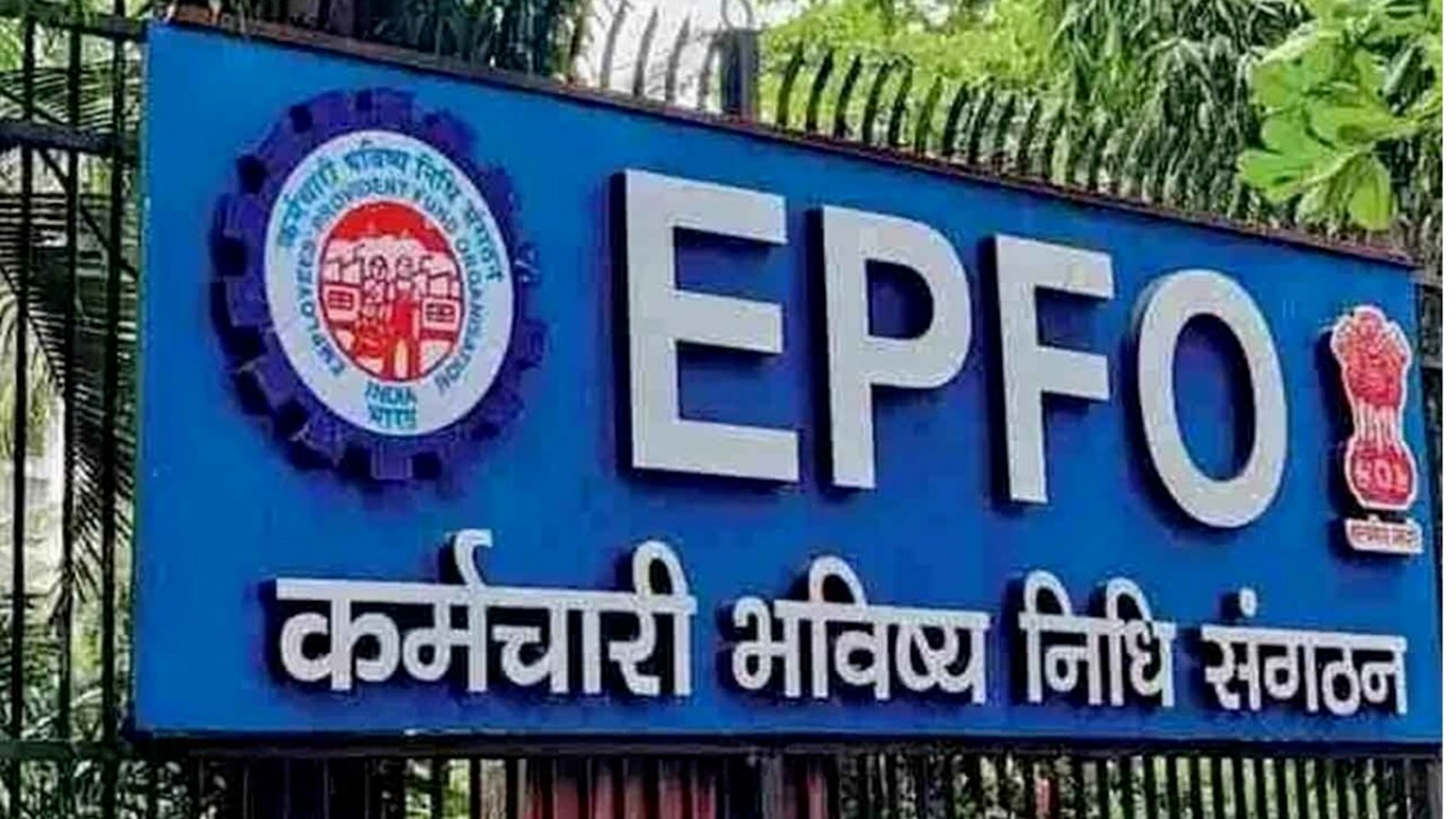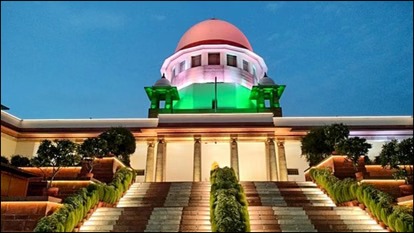Goutam Bhaduri J
1. Heard.
2. The present petition seeking grant of leave has been filed against the order of acquittal dated 31.10.2013 passed in Session Trial No.05/2012, by the
learned Additional Sessions Judge, Bemetra.
3. As per the prosecution case, on 23.09.2011 the dead body of Kapil Sahu was found hanging in a tree in the village. The allegation against the
accused namely Malikram and others was that the deceased was having illicit relation with Duwasiya Bai - the mother of Malikram and wife of
Marhu Gadariya, therefore, Malikram along with other accused planned together to eliminate Kapil Sahu. Consequently, on 23.09.2011 at about 9 PM
accused Malikram, Manharan along with Badku and Rikhiram went to the house of Kapil Sahu where Manharan strangulated the neck of Kapil Sahu
whereas Badkuram and Rikhiram were holding his legs. Subsequently, the deceased was taken near the pond and as he emanated sound and was
writhing in pain, accused Malikram and Badku fastened a club around his neck with the help of rope and thereby tried to strangulate him which
ultimately led to his death. Thereafter, the body of the deceased was hanged in the tree to make it appear as if it was a case of suicide by hanging.
After the dead body was noticed by the villagers, Merg was registered and body was sent for postmortem. The postmortem report (Ex.P-6) was
given wherein it was reported that the death was homicidal in nature. Thereafter FIR (Ex.P-24) was registered against the unknown accused. During
the course of investigation, accused Manharan, Badku Sahu, Rikhiram and Malikram were apprehended and their memorandum statements were
recorded on the basis of which two bamboo sticks, one scarf (Gamcha), one nylon rope and one shawl were seized under Ex.P-8, the accused
persons were arrested and the case was registered against them under Sections 302/34 for committing murder of the deceased and under Section
201/34 of the IPC for eliminating the evidence.
4. After filing of the charge-sheet and conducting detailed trial the learned Court below acquitted the accused on the ground that the prosecution has
failed to prove its case beyond reasonable doubt. Being aggrieved by such acquittal the instant petition seeking leave to appeal has been filed.
5. Learned counsel for the State would submit that the order of acquittal is bad in law and liable to be set aside for the reason that the
respondents/accused have admitted their guilt before the memorandum witnesses namely Mohar Das (PW-7) and Bansraj Singh (PW-12). According
to the State counsel, as per the memorandum statement Ex.P-14 of Mohar Das, the entire incident was narrated by accused Badku to the effect that
his friend accused Malikram had eliminated the deceased in order to take revenge of having illicit relation with his mother. The blood stained shirt was
seized from accused Malikram under Ex.P-4 and a white colour blood stained half shirt and pant were seized from Manharan under Ex.P-5. It is
submitted that the learned Court below has failed to take into account that the presence of such incriminating articles has a direct link with the offence
committed but even then the Court below has acquitted the accused persons which is bad in law.
6. We have perused the entire documents and statements of the witnesses as well as the various exhibited documents. The death of Kapil Sahu is not
in dispute. Ex.P-6 is a postmortem report which is proved by Dr. Sanjay Balvendra (PW-15) who conducted the postmortem examination on the body
of the deceased and stated that the death was homicidal in nature and cause of death was garroting and bansdola. It has been clarified by the doctor
that when the neck is pressed between two bamboo sticks, it causes asphyxia which is called bansdola and if the neck is pressed with hands, it causes
asphyxia which is called garroting.
7. We have examined the statement of the witnesses to find out whether the order of the Court below is correct or not. A perusal of the record would
go to show that to establish its case the prosecution has relied only on the circumstantial evidence. Admittedly, there is no eye witness to the incident.
Primarily, reliance was placed by the prosecution on the memorandum statements Manohar, Badku, Rikhiram and Malikram vide Ex.- P- 13 to Ex.P-
16. There are two independent witnesses to the memorandum namely Manohar Das (PW-7) and Bansraj (PW-12) and except that, there is no extra-
judicial confession on record. Since the memorandum statement which was given to the Police cannot be acted upon and therefore, the present case
rests only on recovery which was made on the basis of memorandum. In the matter of Mustkeem alias Sirajudeen v. State of Rajasthan reported in
(2011) 11 SCC 724 it has been held by the Apex Court as under :-
With regard to Section 27 of the Act, what is important is discovery of the material object at the disclosure of the accused but such disclosure alone
would not automatically lead to the conclusion that the offence was also committed by the accused. In fact, thereafter, burden lies on the prosecution
to establish a close link between discovery of the material object and its use in the commission of the offence. What is admissible under Section 27 of
the Act is the information leading to discovery and not any opinion formed on it by the prosecution"".
8. The seizure of full shirt was made from Malikram under Ex.P-4 and from Manharan a half shirt and pant were seized under Ex.P-5. As per the
prosecution case, both these seized items were having blood stains. There is nothing on record to show that the blood stains present on these shirts and
pant were of the deceased because no FSL or serological report is on record to establish this fact. The postmortem report (Ex. P-6) shows that blood
stains were present on the occipital region of the deceased, therefore, if the blood stains present on the shirts and pant could have been analyzed with
the blood group of the deceased, certain presumption could have been drawn. To bridge the said connectivity, which is missing the accused could not
be said to have committed the murder as the direct link between the circumstances relied upon by the prosecution and the commission of crime in
question is absent.
9. In the cases of circumstantial evidence the Courts time and again have elaborated the principle that to connect the accused with the crime, admitted
piece of strong evidence should have been available on record. In the case of State of Himanchal Pradesh Vs. Raj Kumar (2014) 14 SCC 39 Â the
Court has reiterated the law laid down in case of Sharad Birdhichand Sarda V. State of Maharashtra (1984) 4 SCC 116 Â wherein five principles
based on circumstantial evidence was reiterated which are as under :-
(1) The circumstances from which the conclusion of guilt is to be drawn should be fully established; (2) The facts so established should be consistent
with the hypothesis of guilt and the accused, that is to say, they should not be explainable on any other hypothesis except that the accused is guilty; (3)
The circumstances should be of a conclusive nature and tendency (4) They should exclude every possible hypothesis except the one to be proved; and
(5) There must be a chain of evidence so complete as not to leave any reasonable ground for the conclusion consistent with the innocence of the
accused and must show that in all human probability the act must have been done by the accused.
10. Like wise in the case of Mani V. State of T.N. (2009) 17 SCC 273 Â which has been reiterated in the case of Sangili @ Sanganathan Vs. State
of Tamil Nadu (2014) 10 SCC 264 Â that the discovery is a weak type of evidence and cannot be wholly relied upon and the conviction in such
serious matter cannot be based only on the discovery because once the discovery fails, there would be literally nothing which would support the
prosecution case. Therefore, close scrutiny of the evidence on record would show that no nexus of the discovery of the shirts, pant and other articles
could be established with the crime in question said to have been committed by the accused/appellants. Under these circumstances the finding which
has been given by the Court below cannot be said to suffer from any illegality or infirmity worth interference in this petition and, therefore, it is hereby
maintained.
11. In a result we are not inclined to allow this petition seeking leave to appeal. The leave to appeal is, therefore, refuged and consequently the appeal
also fails and is dismissed.

